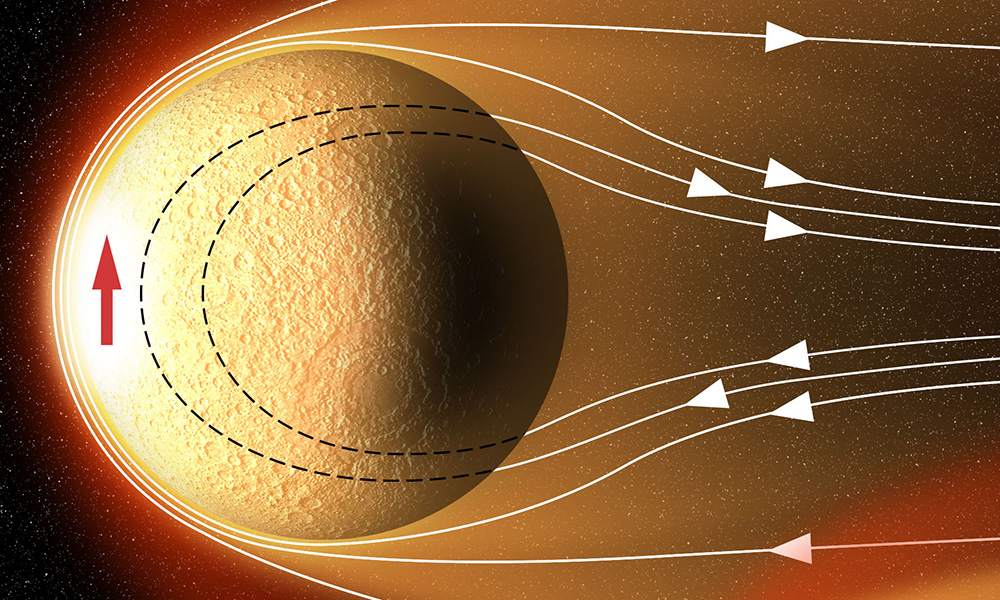
Rochester researchers uncover key clues about the solar system’s history
Researchers have used magnetism to determine, for the first time, when asteroids that are rich in water and amino acids first arrived in the inner solar system.
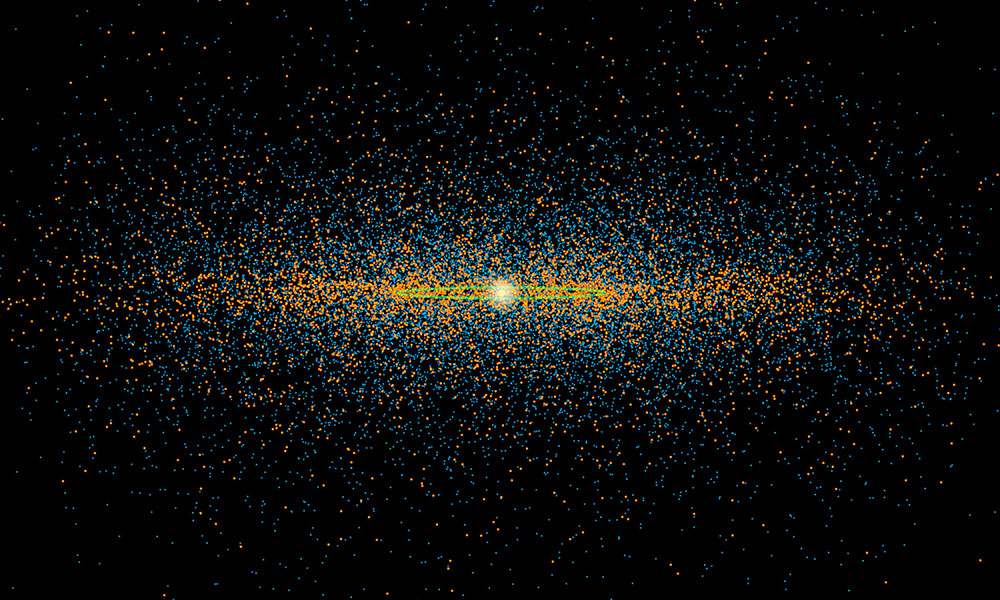
On the hunt for asteroids to avoid ‘near miss’ with Earth
In 2013, a group of Rochester and NASA scientists proposed the NEOCam, or “Near-Earth Object Camera,” based on an infrared detector developed here in Rochester. This year, NASA announced extended funding for the program.
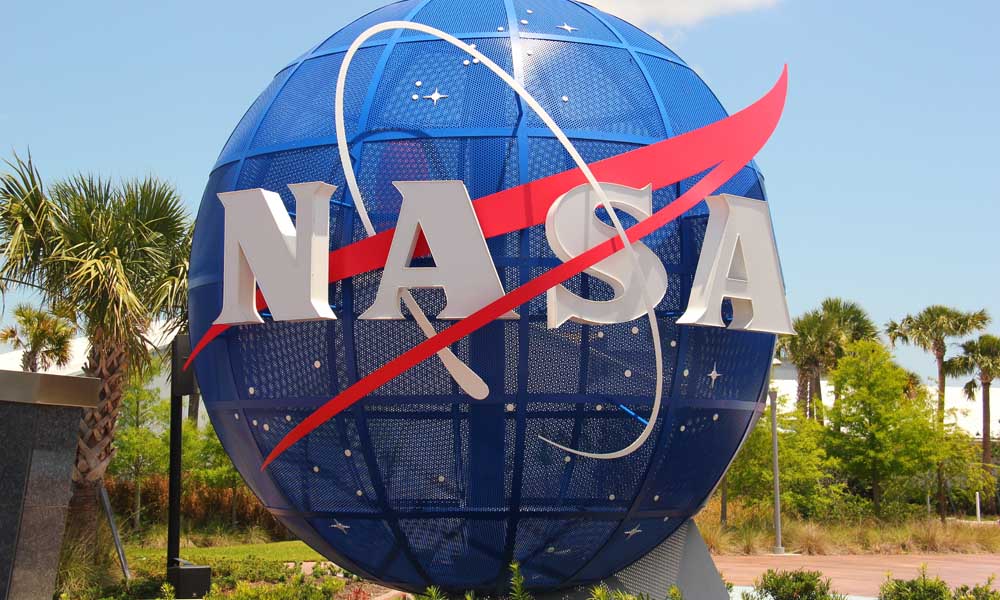
NASA’s historic, crucial role in earth science
In an op-ed for the New York Times, Professor Adam Frank makes the case for the National Aeronautics and Space Administration’s role in earth-centric science. “Without NASA, climate research worldwide would be hobbled,” he writes.
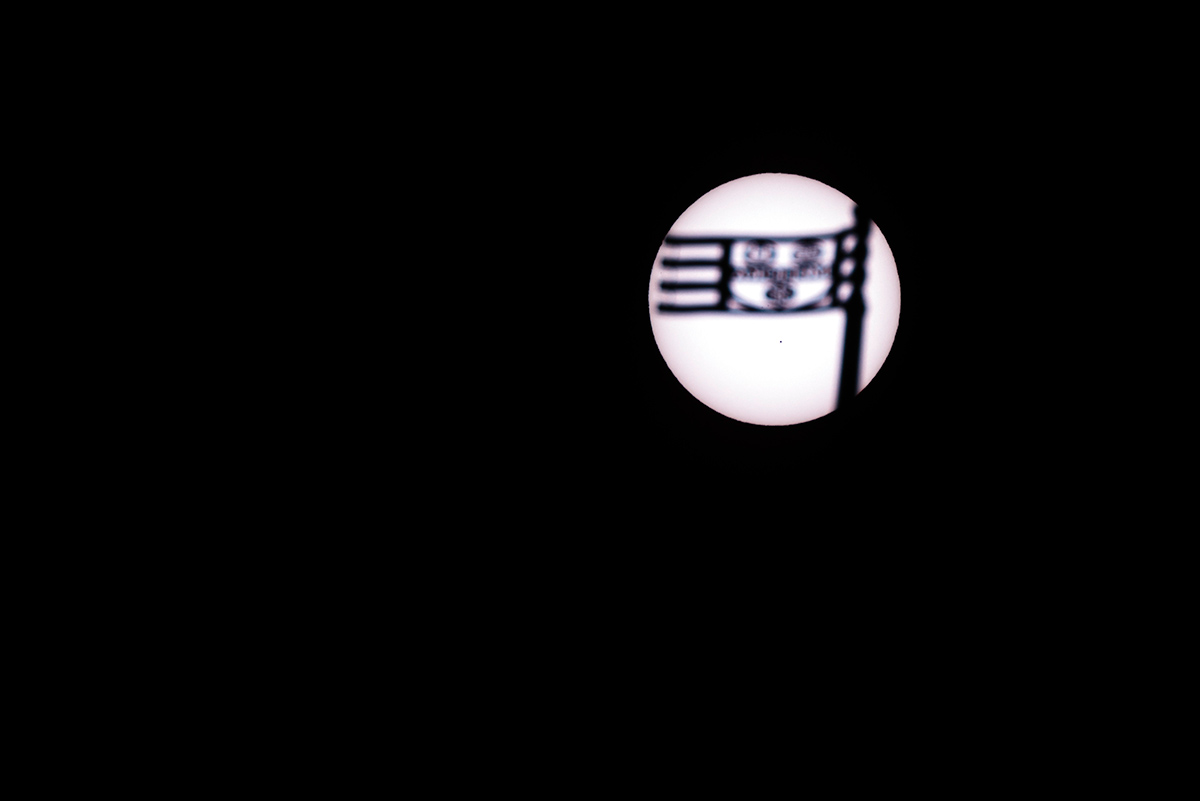
The transit of Mercury
Mercury appears as a tiny black dot visible below the weathervane on top of Rush Rhees Library as it glides in front of the sun. Mercury, the smallest planet in the solar system, passes between the Earth and the sun only 13 times in a century, and took seven and a half hours to traverse the sun today. (University photo / J. Adam Fenster)
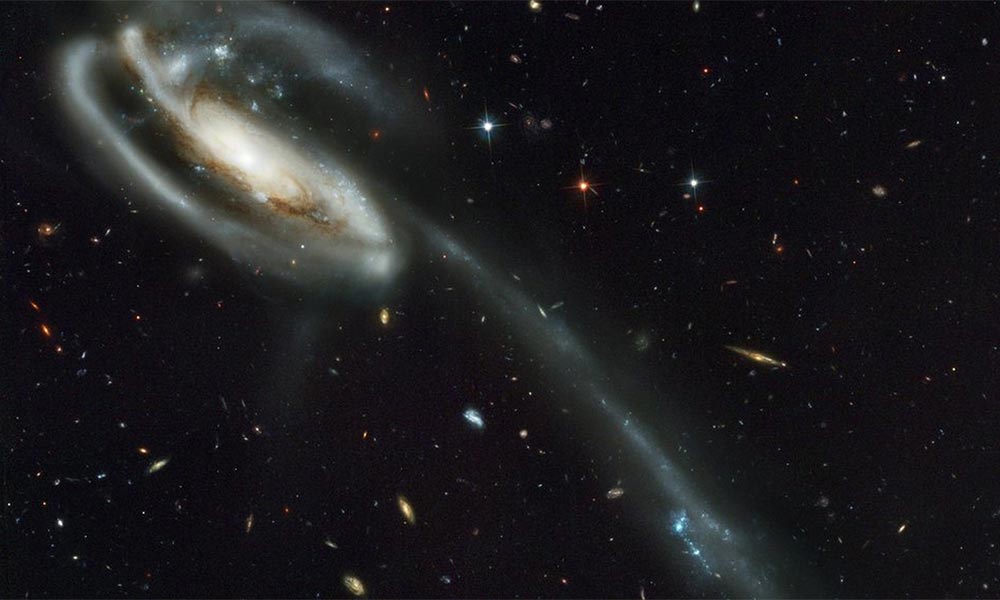
25 years later: Fixing the Hubble Space Telescope
Twenty-five years ago today, the Hubble Space Telescope was launched. The images it has been sending back to Earth for all these years have become iconic, and yet it came very close to being a billion dollar failure. One of the heroes who rescued Hubble from ruin and made it a great science success story is Rochester optics professor Duncan Moore.
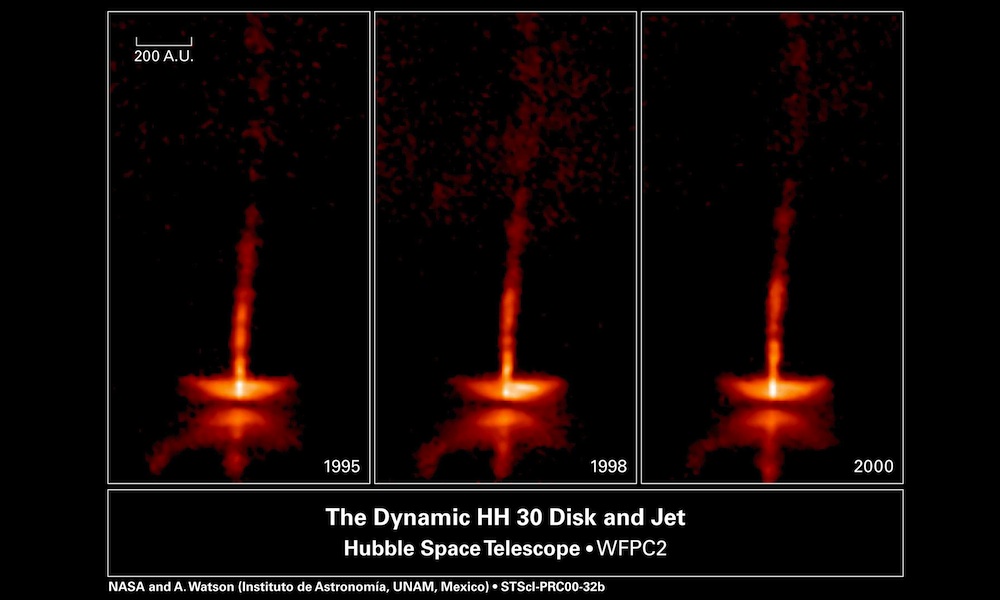
Experiment on earth demonstrates effect observed in space
Streaming jets of high-speed matter produce some of the most stunning objects seen in space. an experiment by French and American researchers using extremely high-powered lasers offers experimental verification of one proposed mechanism for creating them.
